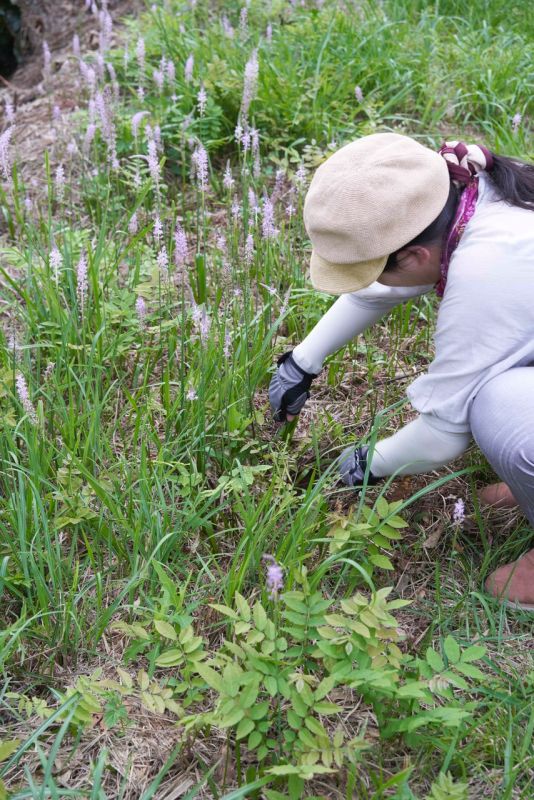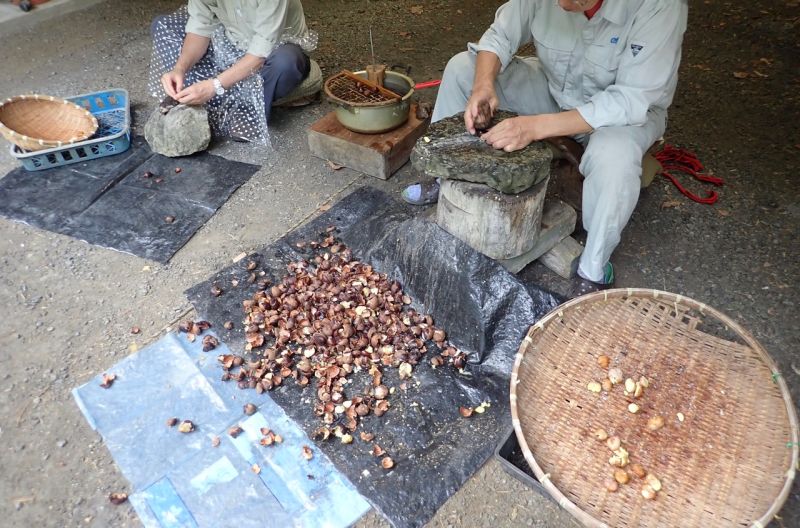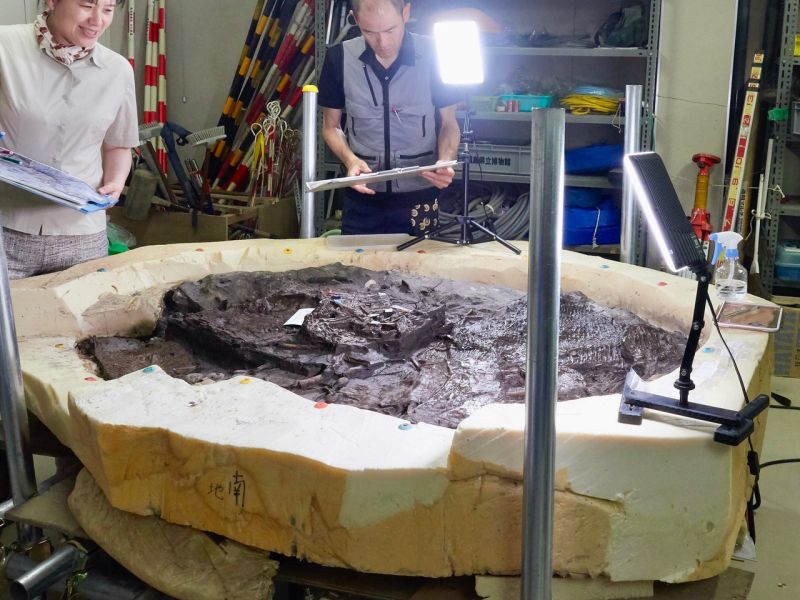Yuka Sasaki
Affiliation: Institute of the Study of Ancient Civilizations and Cultural Resources
Job Class: Specially Appointed Associate Professor
Specialty: Environmental Archaeology, Archaeobotany
*Kanazawa University
Research activities
My research focuses on the history of the relationship between humans and plants: how humans selected, used, and modified the plant resources around them. In the Japanese archipelago having rich forest resources, people not only obtained food from forest resources, but also materials to make structures, wooden products, braided products, and lacquerware, for example, since the Jomon period. Besides, in some areas people are known to have created artificial vegetation around their settlements after about 8000 years ago to make plant resources more accessible.
To study the history of such human-plant interactions, we should firstly examine the archaeological remains and artifacts and situate them in space and time. Secondly, by using the analyses of natural science, we should identify plant remains themselves and reconstruct the surrounding natural environment. These results can then be discussed together with the chronology of the archaeological artifacts. To examine plant remains used by past humans as resources, we have analyzed a large number of plant remains, such as seeds, fruits, and leaves, identified tree species anatomically and pottery impressions by the replica method, and analyzed carbonized plant remains attached to pottery. Moreover, to reconstruct the past technological knowledge, we are conducting experiments to restore past products with materials and plants revealed through natural science analysis and ethnoarchaeological research in collaboration with museums and archaeological research institutes.
Through experiments using native fruits such as elderberry, we have discovered new aspects of past utilization of plant resources. Through the production of woven baskets and other products, we have discovered various aspects of past technology that cannot be understood through observation of artifacts alone.
The Institute also hopes to find new research fields by collaborating with archaeologists and researchers of natural science from various periods and regions as well as with local researchers working with buried cultural properties.
Selected recent papers
- Роберт Шпенглер, Шинья Шода 2022. Отпечатки проса на керамике раннего железного века из кургана Тортоба в Западном Казахстане. Археология Казахстана 4(18): 116-132.
- Morisaki, K., N. Oda, D. Kunikita, Y. Sasaki, Y. Kuronuma, A. Iwase, T. Yamazaki, N. Ichida and H. Sato 2019. Sedentism, pottery and inland fishing in Late Glacial Japan: a reassessment of the Maedakochi site. Antiquity 93-372: 1442-1459.
- Noshiro, S., Y. Sasaki and Y. Murakami 2021. Importance of Quercus gilva(イチイガシ)for the Prehistoric Periods in Western Japan. Japanese Journal of Archaeology 8(2): 133-156.



